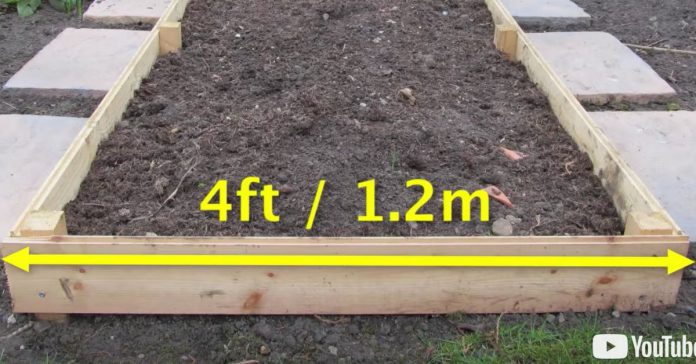Gardening is a mix of science and art. Even professionals are continually learning new tips and tricks to help them in their planting efforts. No matter what your skill level is, these six techniques will help you plan the proper layout of your garden and increase your success.
Your garden certainly has different plants with different sizes. When planning the format, consider the develop tallness of the plants you need and plan in like manner. The tallest plants ought to be in the back of the garden, medium-sized in the center, and the littlest/most limited plants ought to be planted in the front segment to keep taller plants from concealing out the shorter ones. To boost sun presentation, situate your garden lines north to south, rather than east to west.
The benefits of raised bed gardening made it extremely popular lately. One of its advantages is that plants are all the more effectively accessible, permitting people to appreciate cultivating. To continue weeding, watering and collecting of your nursery beds simpler, develop them so they’re close to 4 feet over. This enables you to effortlessly achieve the center from either side without expecting to venture into the bed, compacting the dirt.
One of the most widely known mistakes made in planting is packing. The plants look small like seedlings and even the most experienced nursery worker dislikes to shoot the seedlings to help them to the prescribed dividing. Be that as it may, your plants need enough space to develop and enough soil to retain the water and supplements they need. Maintain a strategic distance from the compulsion to bring plants nearer than they ought to be. Cultivating Know How has a helpful table on its site containing normal data on the separating of vegetable plants.










